Countdown begins for second Artemis 1 launch attempt
Original Publication Date: 2022-09-02 08:01
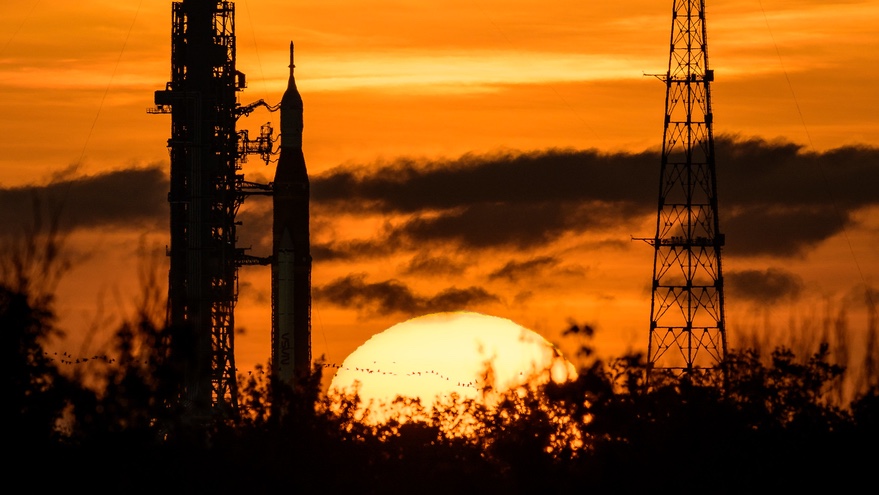
NASA restarted the countdown for the first launch of its Space Launch System vehicle. Countdown clocks started ticking down after a mission management team meeting Sept. 1. Launch attempt at 2:17 p.m. Eastern at the beginning of a two-hour window. This will be the second attempt to launch the SLS after controllers scrubbed the initial attempt Aug. 29.
Startups Scout and Privateer to collaborate on space-tracking technologies
Original Publication Date: 2022-09-01 17:00
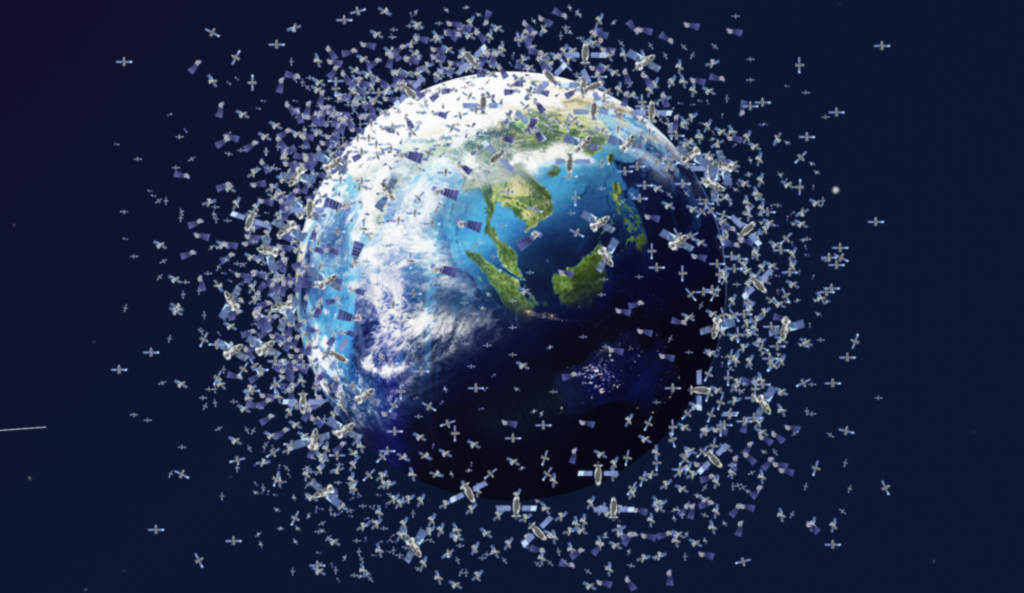
Scout Space is partnering with Privateer Space, a new venture focused on space situational awareness. Privateer developed Wayfinder, a visualization tool to track satellites and debris in space. Scout is based in Alexandria, Virginia; Privateer is located in Maui, Hawaii.
NASA completes agreement with Axiom Space for second private astronaut mission
Original Publication Date: 2022-09-03 00:20
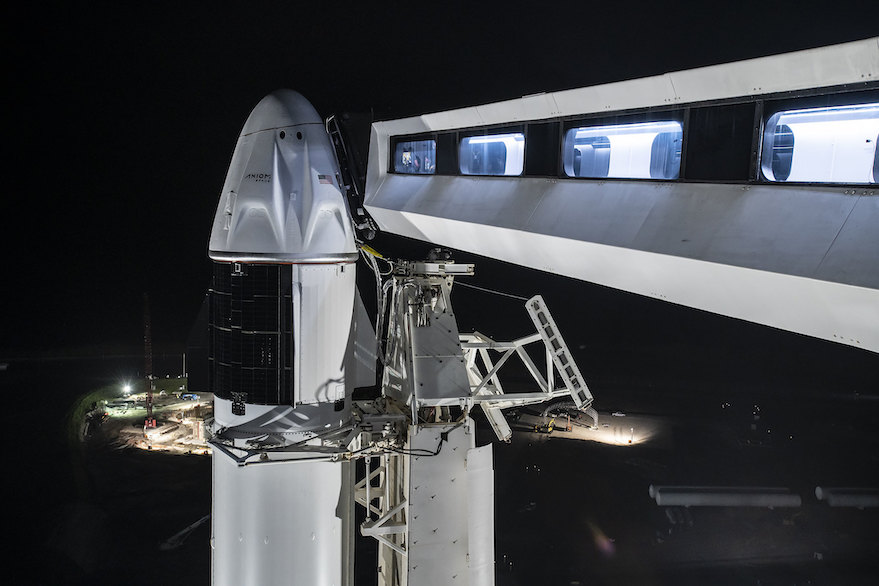
NASA has completed an agreement for a second private astronaut mission to the ISS. Axiom Space was the only company that bid on the opportunity. The Ax-2 mission will fly four private astronauts to the station for a 10-day stay. Axiom flew the first such PAM, Ax-1, in April of this year.
UK releases military ‘space power’ doctrine
Original Publication Date: 2022-09-01 20:34
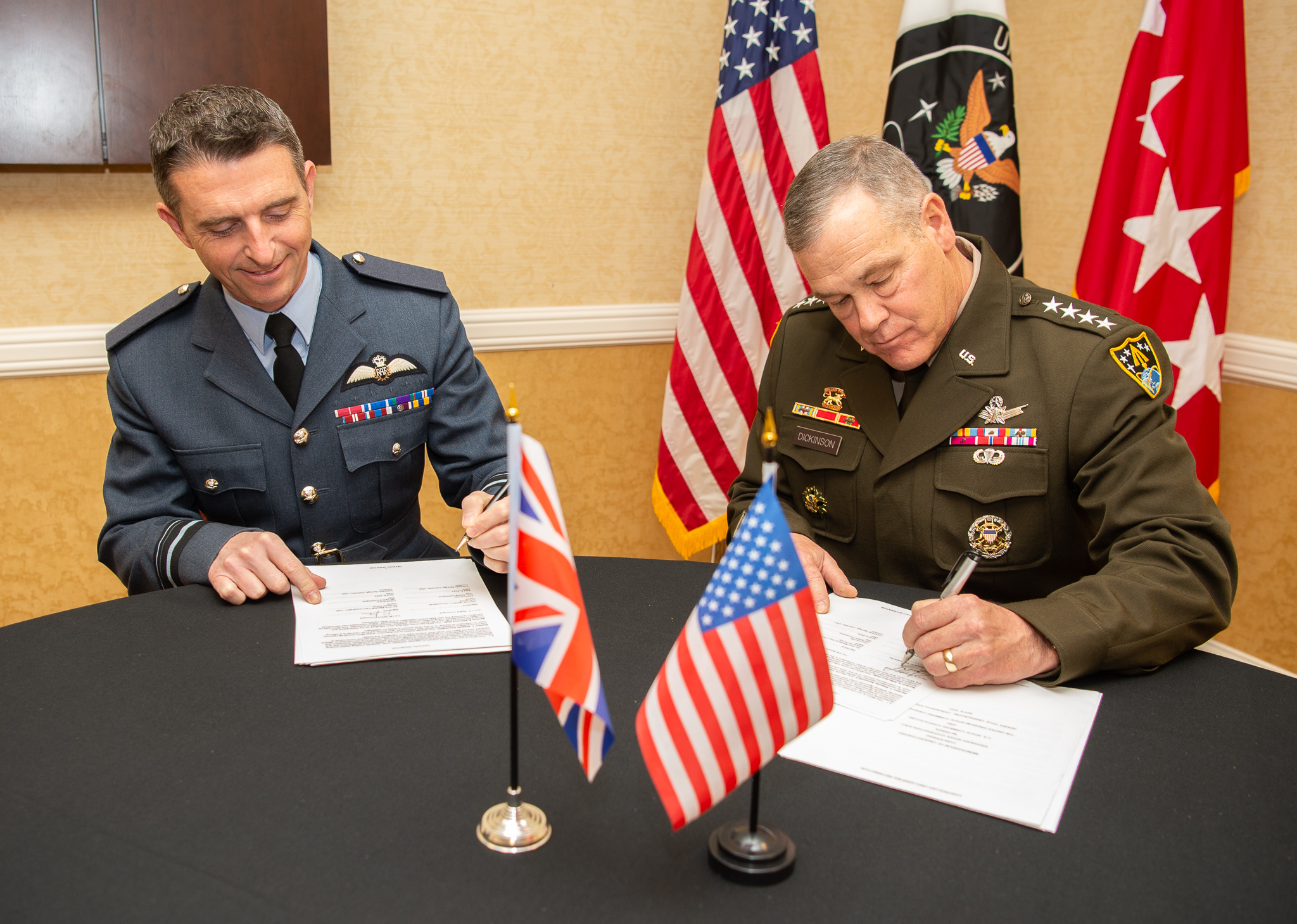
UK military doctrine says space power is 'part of a wider, whole-of-government strategy' Document lays out in broad terms the role of the UK military in protecting space from foreign threats. Document highlights the UK-US military space alliance. UK military space experts are currently supporting US space capabilities.
Space Force building ground station in Alaska ahead of launch of Arctic satcom mission
Original Publication Date: 2022-09-01 17:02

U.S. Space Force has started building a gateway site at Clear Space Force Station, Alaska. It will operate two new polar communications payloads scheduled to launch in 2023. The Enhanced Polar Systems-Recapitalization (EPS-R) payloads will launch on a Space Norway mission. The EPS-R are Extremely High Frequency Extended Data Rate payloads.
Startup OQ Technology raises $13 million to expand satellite IoT network
Original Publication Date: 2022-09-01 15:45
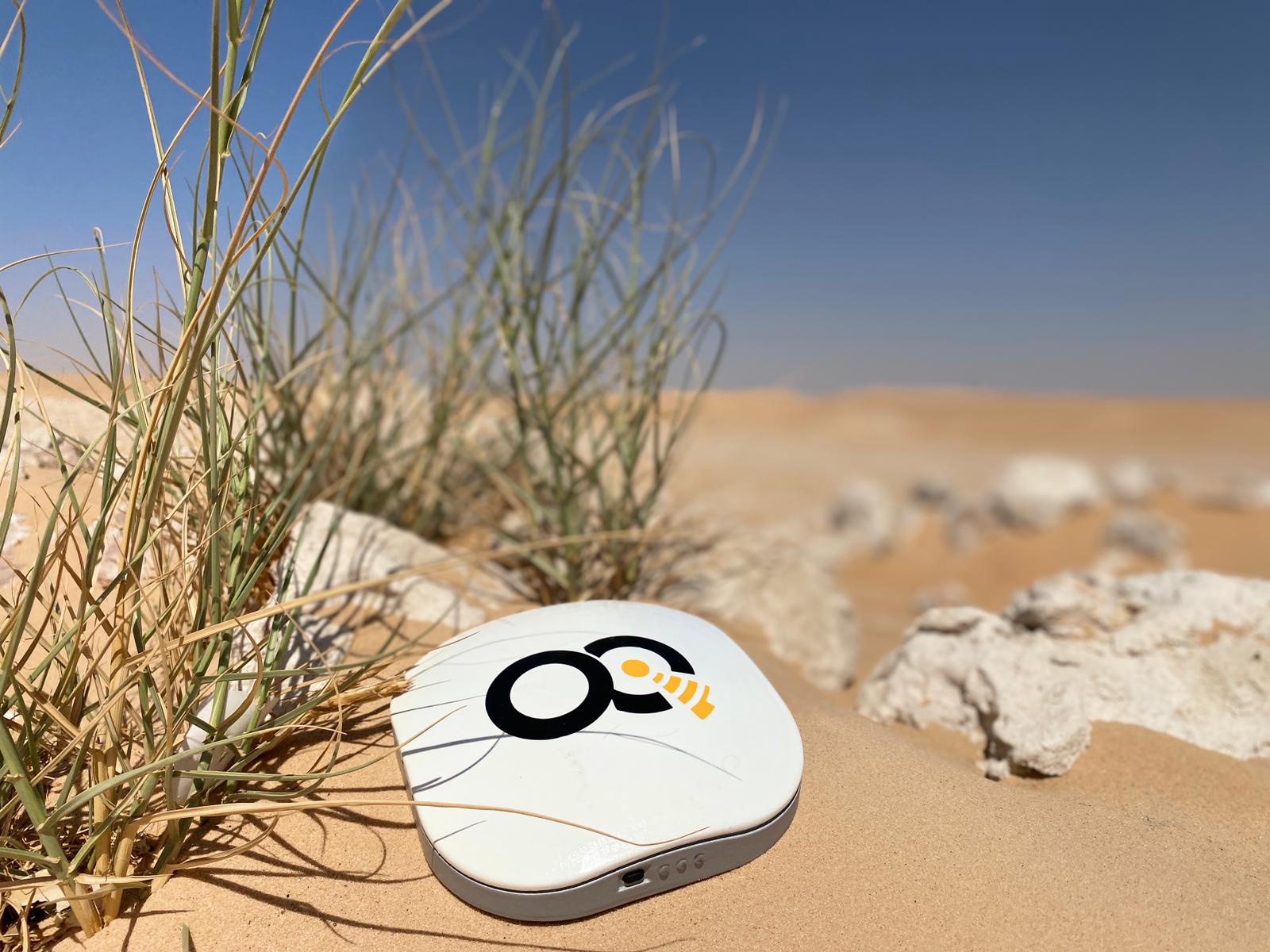
Luxembourg startup OQ Technology has raised about $13 million for its planned satellite constellation. The Series A funding round was co-led by Saudi oil and gas company Aramco’s venture capital arm. OQ also announced plans Sept. 1 for a subsidiary in Athens, Greece.
Lunar demo mission to provide “stress test” for NASA’s Artemis moon program – Spaceflight Now
Original Publication Date: 2022-09-02 00:00

Artemis 1 is set for liftoff Saturday at 2:17 p.m. EDT (1817 GMT) It's designed to gather data and build confidence for NASA’s new 322-foot-tall (98-meter) Space Launch System moon rocket and Orion moonship. The first launch attempt for the Artemis 1 mission was scrubbed Monday.
Italian microsatellite promises orbital photo bonanza after Artemis 1 launch – Spaceflight Now
Original Publication Date: 2022-09-02 00:00
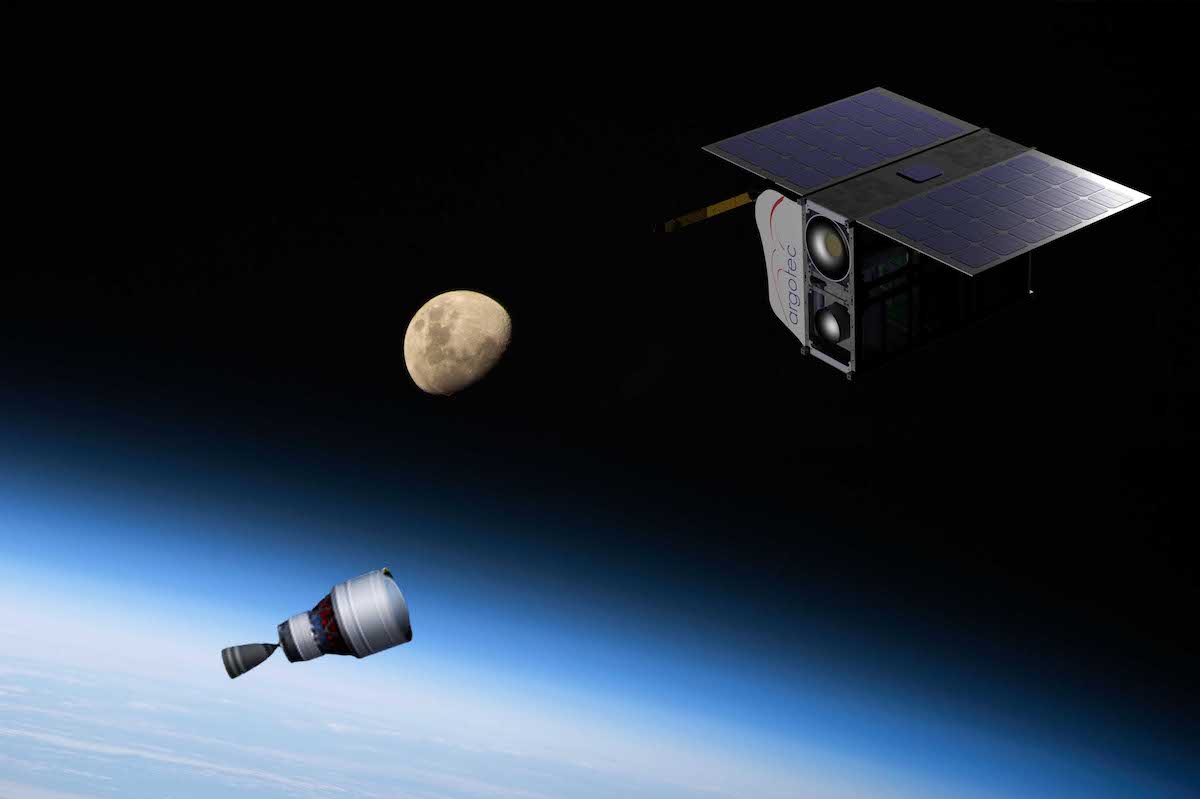
ArgoMoon, built by Italian company Argotec for the Italian Space Agency — ASI — through an agreement with NASA, will be the only European secondary payload on the first Artemis mission. After launch, it will be one of the first satellites to be deployed in order to get in position for its mission of photographing up-close the ICPS.
Giant solar sail will propel tiny spacecraft to intercept and study asteroid – Spaceflight Now
Original Publication Date: 2022-09-02 00:00
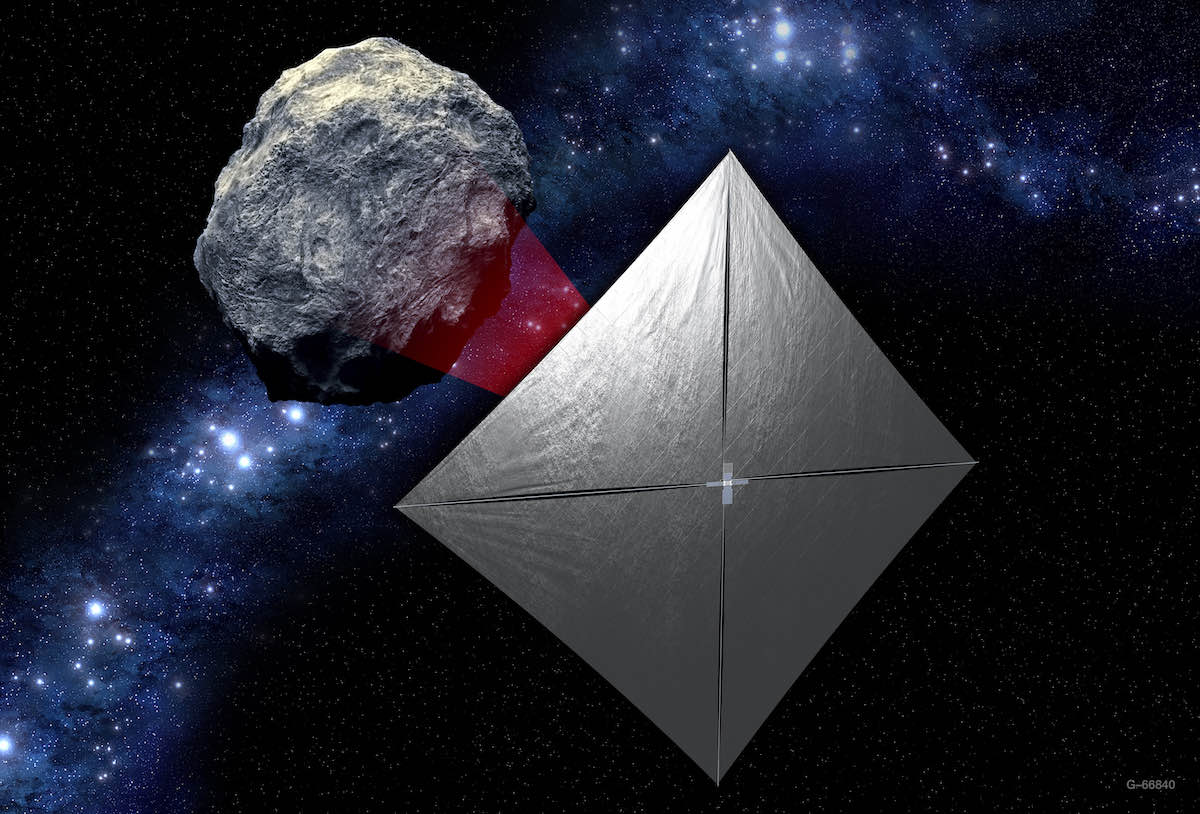
Catching a ride on Artemis 1 is a miniaturized CubeSat called NEA Scout. It will use a thin, aluminum-coated solar sail about the size of a tennis court to propel it towards the smallest asteroid ever to be studied by a spacecraft. The target is 2020 GE, a near-Earth asteroid (NEA) that is less than 18 meters in size.
Russian cosmonauts work on robotic arm outside space station – Spaceflight Now
Original Publication Date: 2022-09-02 00:00
Two Russian cosmonauts completed a 7-hour, 47-minute spacewalk outside the International Space Station. The spacewalk was to continue testing and readying the European Robotic Arm for regular operations. The excursion Friday was the 253rd spacewalk for assembly, maintenance, and upgrades of the ISS.
NASASpaceFlight.com
The SSLV or Small Satellite Launch Vehicle conducted its launch debut from Sriharikota, India on Sunday, August 7 at 03:48 UTC. The SSLV program’s genesis was a December 2015 National Institute of Advanced Studies proposal to create a “Small Satellite Launch Vehicle-1” to launch small national security payloads on demand.
Commercial Archives
The Artemis I mission is scheduled to launch on September 3. It is the first of three sequenced missions to return humanity to the lunar surface. A faulty sensor on the Core Stage liquid hydrogen bleed line to RS-25 engine #3 scrubbed the August 29 launch attempt.
International Archives
Oleg Artemyev and Denis Matveev returned to work outside the International Space Station on Friday. Friday’s spacewalk served as a follow-up to an EVA that Artemyev and Matveev participated in on August 17. Work was stopped prematurely that day after a power issue manifested on Artemyev’s Orlan spacesuit.
Chinese Long March 3B Launches APStar-6C Communications Satellite – Spaceflight101

China conducted a rare commercial launch of a Long March 3B rocket with the APStar-6C communications satellite. Long March 3B lifted off from the Xichang Satellite Launch Center at 16:06 UTC on a mission of under half an hour to lift the spacecraft into an elliptical Geostationary Transfer Orbit. Confirmation of launch success was provided by APT Satellite around 40 minutes after liftoff when the satellite had been separated into its target orbit.
Blue Origin’s New Shepard Reaches new Heights in latest Test Flight – Spaceflight101

Blue Origin returned to its West Texas testing grounds on Sunday for the eighth flight of its reusable New Shepard launch system. Sunday’s flight marked the second for this particular set of hardware, following up on the successful December 2017 mission that debuted “Crew Capsule 2.0” The mission was designed to expand the vehicle’s operational envelope by sending it to a peak altitude of 107 Kilometers.
ISS Updates – Spaceflight101 – International Space Station

A veteran NASA spacewalker and an EVA rookie from Japan ended their week with nearly six hours of work outside the International Space Station. The restoration of the Station’s Mobile Servicing System started last year and continued in January to provide Canadarm2 with a new pair of grappling hands.
Featured – Spaceflight101

SpaceX Falcon 9 takes to the skies over Florida’s Cape Canaveral Monday afternoon. Falcon 9 lifts a flight-proven Dragon spacecraft into orbit for a critical delivery of science gear, supplies and maintenance hardware. First of at least six cargo ships inbound to the U.S. Segment of ISS this year.
News – Spaceflight101

Europe's Copernicus satellite fleet is gearing up for the arrival of its next addition on Wednesday. A Russian Rockot booster is set to blast off from the Plesetsk Cosmodrome at 17:57 UTC with the Sentinel-3B multi-function satellite.
Re-Entry: Long March 11 Rocket Body – Spaceflight101

The CZ-11 fourth stage used leftover propellant for a partial de-orbit maneuver, lowering its perigee to 120 Kilometers to significantly accelerate its orbital decay. It is reportedly built around a YF-50 main engine and conducts the orbital circularization after the three CZ-11 stages finish their job.
NASA’s Webb Takes Its First-Ever Direct Image of Distant World

Astronomers have used NASA’s James Webb Space Telescope (JWST) to take a direct image of a planet outside our solar system. The exoplanet is a gas giant, meaning it has no rocky surface and is not habitable. The finding is detailed in NASA’s latest JWST blog entry.
Explore the Solar System With NASA’s New-and-Improved 3D ‘Eyes’

Trace the course Artemis I will take to lunar orbit, or touch down with Perseverance during its harrowing entry, descent, and landing on the Red Planet. Learn the basics about dwarf planets or the finer points of gas giants. Scroll through rich interactive journeys, including Voyager’s Grand Tour of Jupiter, Saturn, Uranus, and Neptune.
Engineers Solve Data Glitch on NASA’s Voyager 1
Engineers have repaired an issue affecting data from NASA’s Voyager 1 spacecraft. The probe’s attitude articulation and control system (AACS) began sending garbled information about its health and activities to mission controllers. The team has since located the source of the garbled information: The AACS had started sending the data through an onboard computer known to have stopped working years ago.
NASA’s Webb Detects Carbon Dioxide in Exoplanet Atmosphere

First clear, detailed evidence for carbon dioxide ever detected in a planet outside the solar system. Carbon dioxide molecule is sensitive tracer of the story of planet formation. Understanding composition of a planet’s atmosphere is important because it tells us something about the origin of the planet and how it evolved.
NASA Helps Minority-Serving Institutions Refine Tech Proposals
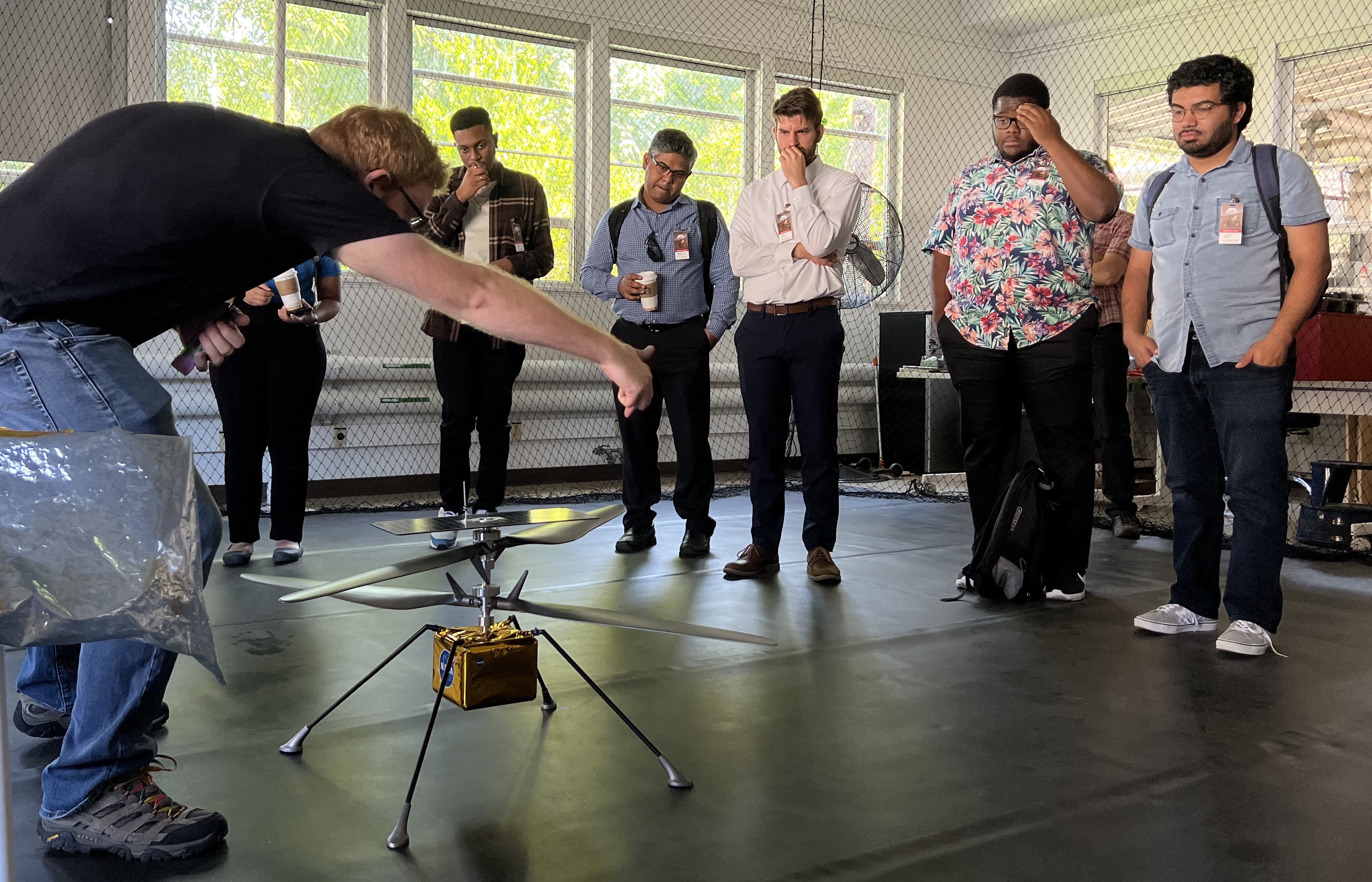
The MSI Space Accelerator is a partnership between NASA's Science Mission Directorate, its Earth Science Technology Office, JPL and others. The teams got in-person feedback to hone their projects. They also had a chance to spend time at JPL locations where NASA missions have likewise been refined.
NASA’s Perseverance Makes New Discoveries in Mars’ Jezero Crater

Perseverance abraded a rock to reveal its composition; studying the exposed patch, scientists homed in on the olivine’s large grain size, along with the rock’s chemistry and texture. SuperCam is equipped with rock-vaporizing laser that can zap a target as small as a pencil tip from up to 20 feet (7 meters) away.
NASA Scientists Help Probe Dark Energy by Testing Gravity
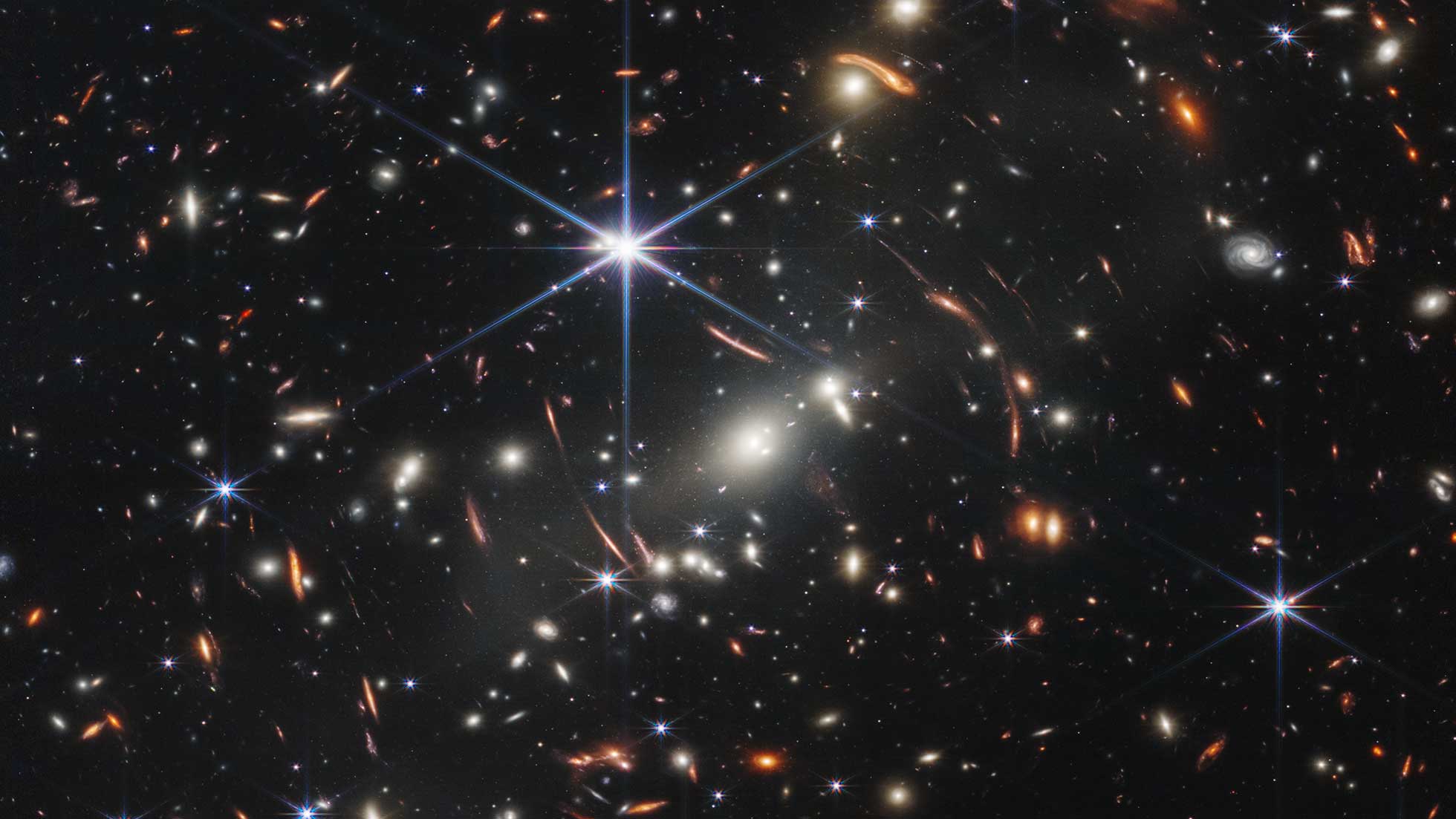
A new study finds Einstein's theory of gravity still works. The study is one of the most precise tests yet of Einstein’s theory of gravity at cosmic scales. The research will feed into two upcoming missions: ESA’s Euclid mission, slated for launch no earlier than 2023, and NASA’s Nancy Grace Roman Space Telescope, targeted for launch no later than May 2027.

